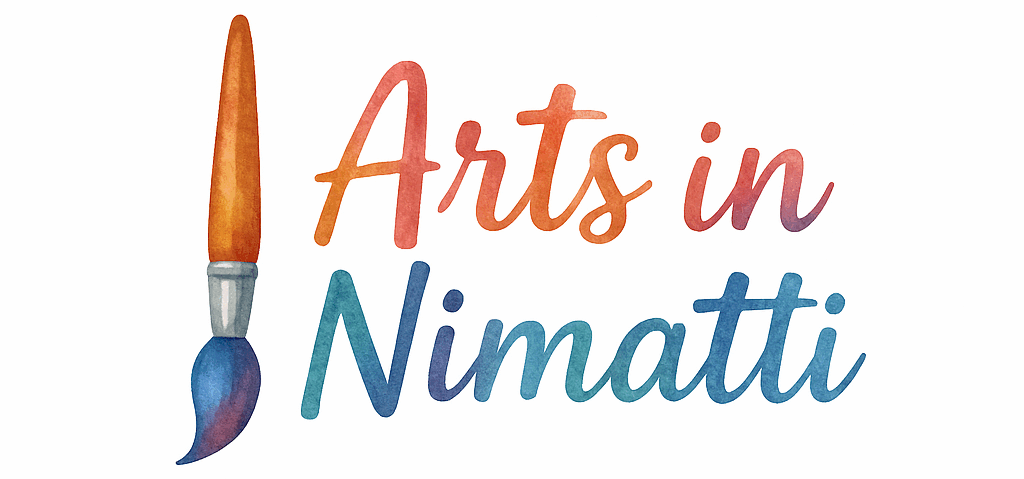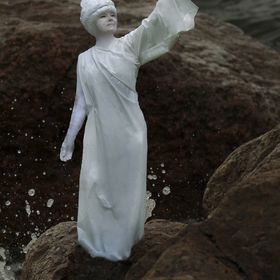Introduction to Color Mixing
If you’re an artist, whether you’re a beginner or an experienced professional, color mixing is the backbone of your creativity. The right mix of colors can bring your paintings to life, creating a mood, depth, and vibrancy that captures attention. However, many artists struggle to mix colors effectively. In this article, we’ll explore 10 color mixing tricks for vibrant paintings that will elevate your work. By mastering these techniques, you can take your artwork to the next level, whether you’re using oil paints, acrylics, or watercolors.
The Basics of Color Theory
Before we dive into the tricks, it’s important to refresh our understanding of basic color theory. Colors can be classified into primary, secondary, and tertiary categories:
- Primary colors are red, blue, and yellow. These are the foundation of all other colors.
- Secondary colors are created by mixing two primary colors. For example, mixing blue and yellow gives you green.
- Tertiary colors are made by mixing a primary color with a secondary one, like mixing yellow and green to create yellow-green.
Understanding these categories helps you anticipate how different colors will interact when mixed, ensuring more successful results.
Trick #1: Use Complementary Colors
How Complementary Colors Make Paintings Pop
One of the best tricks to create vibrant paintings is using complementary colors. Complementary colors are opposite each other on the color wheel, such as red and green, or blue and orange. When placed next to each other, they intensify each other, making both colors appear more vivid.
For example, if you want to make your red flowers stand out in a landscape, consider adding a touch of green to the background. This contrast will make the red appear even more vibrant. Just be careful not to overdo it – too much of a complementary color can overpower the main subject.
For more tips on creating vibrant artwork, check out the art techniques section for in-depth tutorials.
Trick #2: Experiment with Color Temperature
Warm vs. Cool Colors for Dynamic Effects
Understanding the temperature of colors is crucial to creating depth and mood in your paintings. Warm colors like reds, oranges, and yellows tend to advance in a painting, making them appear closer to the viewer. On the other hand, cool colors like blues, greens, and purples recede, creating a sense of distance.
Mixing warm and cool colors strategically can create a dynamic, three-dimensional effect. For example, you could mix a warm yellow with a cool blue to create a glowing light source in your painting. Experiment with balancing both to control how the viewer’s eye moves through your composition.
Looking for inspiration? Check out art inspiration for creative ideas to enhance your work.

Trick #3: Create Depth with Gradients
How to Blend Colors Smoothly for Depth
A smooth gradient can help add depth and movement to your painting. Instead of using a flat, solid color, blend two or more colors together to create a gradient effect. This technique works particularly well for skies, landscapes, and even portraits.
Start with one color at the edge of your canvas and slowly introduce the second color, blending as you go. Use a wet brush or a palette knife to achieve a seamless transition. This will create the illusion of light, depth, and atmosphere, making your painting appear more lifelike.
Trick #4: Mix with the Right Amount of Water
Getting the Right Consistency for Bold or Soft Results
The amount of water you mix with your paint can drastically change its consistency and vibrancy. When you’re working with watercolors, adding more water will make the colors more transparent, which can be ideal for soft, delicate effects. On the other hand, using less water will make the paint more opaque and vibrant.
For acrylics and oils, the right water-to-paint ratio can help control the texture and intensity. Play around with the consistency to see how it affects the vibrancy of your colors.
For tips on improving your technique, explore our painting tips for more detailed advice.
Trick #5: Try Analogous Colors for Harmony
Using Neighboring Colors to Create Calm and Cohesion
If you’re looking for harmony in your artwork, try using analogous colors—colors that sit next to each other on the color wheel, such as blue, blue-green, and green. These colors blend well together, creating a serene and cohesive look.
Analogous color schemes are perfect for creating peaceful landscapes or portraits with a gentle atmosphere. Try experimenting with these combinations to see how they work together in your pieces.
Trick #6: Use White and Black for Stunning Contrast
The Importance of Adding Neutrals to Your Palette
While vibrant colors are important, don’t forget about the power of neutrals like white and black. These colors can be used to create stunning contrasts, emphasizing the brightness of your other colors.
Adding a touch of black can deepen shadows and make your colors appear richer, while white can lighten your mix and create highlights. These simple additions can dramatically improve the depth and overall vibrancy of your painting.
To explore more about mixing neutrals, visit our section on art business for practical insights.
Trick #7: Layering Colors for Richness
Building Up Layers for Intense and Vibrant Hues
Instead of mixing all your colors on the palette before applying them to the canvas, try layering colors directly onto your painting. This technique adds depth and richness to your work, allowing different hues to interact naturally.
Start with a base layer of one color, let it dry, and then add additional layers of contrasting or complementary colors. The buildup of layers will give your painting a unique vibrancy and complexity.
Trick #8: Add a Touch of Metallics for Shine
Enhancing Paintings with Shimmer and Shine
If you want to make certain parts of your painting really stand out, consider adding metallic paints like gold, silver, or copper. These shimmering paints catch the light and draw attention, especially when placed strategically on highlights or focal points.
Just a touch of metallic paint can elevate your work, giving it an unexpected, eye-catching sparkle.
Trick #9: Don’t Be Afraid of Unexpected Combinations
Going Bold with Unusual Color Pairings
While there are guidelines for color mixing, don’t be afraid to break the rules and experiment with bold, unexpected combinations. Sometimes, the most vibrant and exciting paintings come from mixing colors you wouldn’t normally pair together.
Try combining contrasting colors or introducing an unusual accent color. For example, a touch of neon pink or lime green can add an unexpected pop to an otherwise traditional palette.
For more creativity boosters, check out our section on idea generation.
Trick #10: Learn to Control the Drying Process
How Drying Time Affects Color Mixing
Different paints dry at different rates, and understanding how this affects color mixing is crucial. For example, acrylic paints dry quickly, which means you’ll need to work fast to blend colors on your canvas. Oil paints, on the other hand, remain wet longer, giving you more time to mix and manipulate the colors.
Knowing how your medium behaves will help you make better choices when mixing and blending. Don’t be afraid to adjust your approach based on drying time for better results.
For more on managing your artistic process, check out our art portfolio for tips on showcasing your work.
Conclusion
Mastering the art of color mixing can take your paintings from ordinary to extraordinary. By using complementary colors, playing with temperature, layering, and experimenting with textures, you can create dynamic and vibrant works of art. Each of the 10 color mixing tricks shared here can help you develop a more sophisticated understanding of color and its impact on your compositions.
Remember, the key is to experiment, learn, and most importantly, have fun with the process. As with any skill, the more you practice, the more confident and capable you’ll become with color mixing.
FAQs
1. What is the easiest way to learn color mixing? The easiest way to learn color mixing is to start with basic color theory and experiment with mixing primary, secondary, and tertiary colors. Practice blending them on a palette or directly on the canvas.
2. Can I mix any colors together? You can mix most colors, but some combinations will create more vibrant results than others. For instance, mixing complementary colors can give you intense contrast, while analogous colors create harmony.
3. How do I know if my colors are too muddy? If your colors become muddy, it usually means you’ve mixed too many colors together. Try to simplify your palette and clean your brushes between color changes.
4. How can I create more depth in my paintings using color? Use gradients, complementary colors, and layering techniques to create depth. Darker, cooler colors tend to recede, while lighter, warmer colors come forward.
5. Can metallic paints be mixed with regular paints? Yes, metallic paints can be mixed with regular paints, but it’s important to use them sparingly. Too much metallic paint can overpower your color palette.
6. What are the best colors to use for a calming effect? For a calming effect, try using analogous colors like blues, greens, and purples. These colors naturally blend well together and create a serene atmosphere.
7. How do I control drying time when mixing colors? To control drying time, use paints with different drying speeds. You can also experiment with retarders for acrylics or use slow-drying oils to extend your blending time.
4o mini

